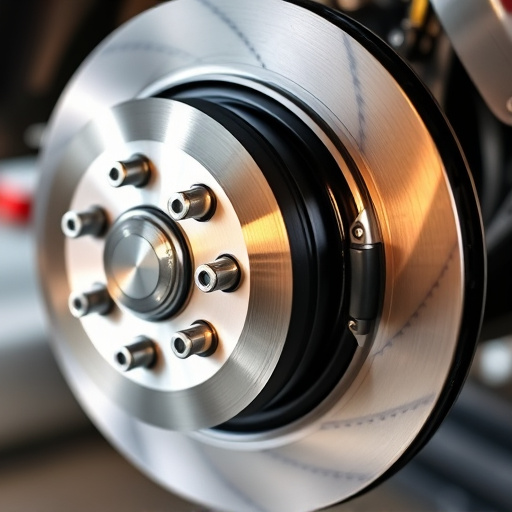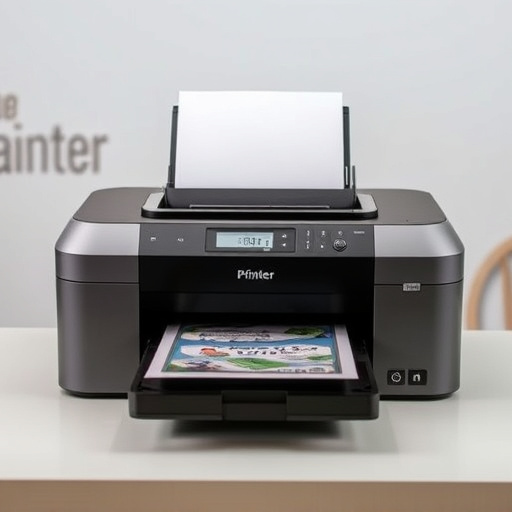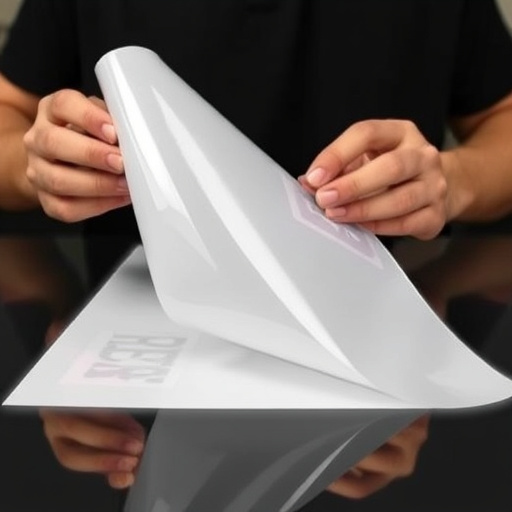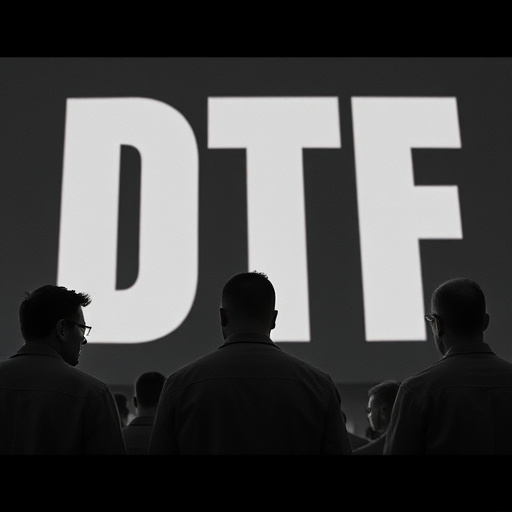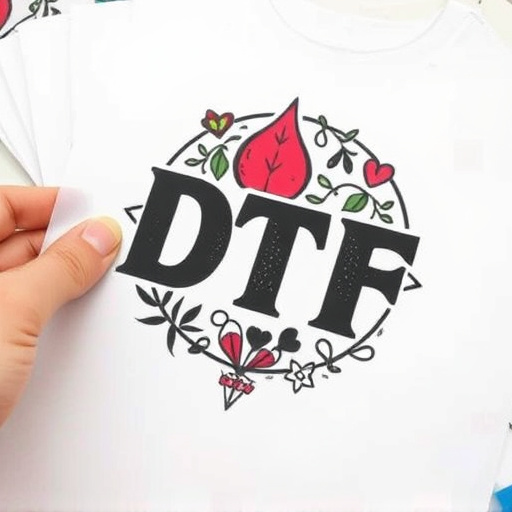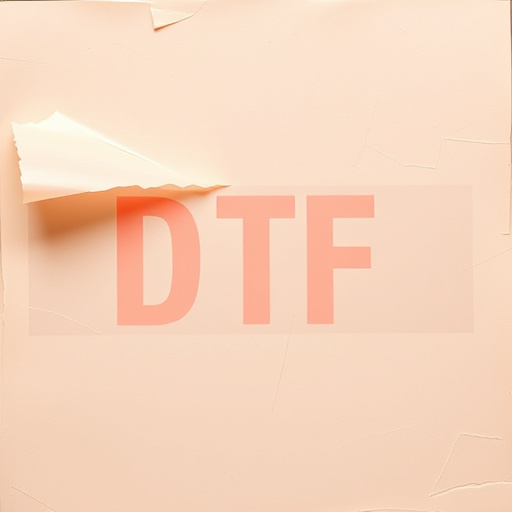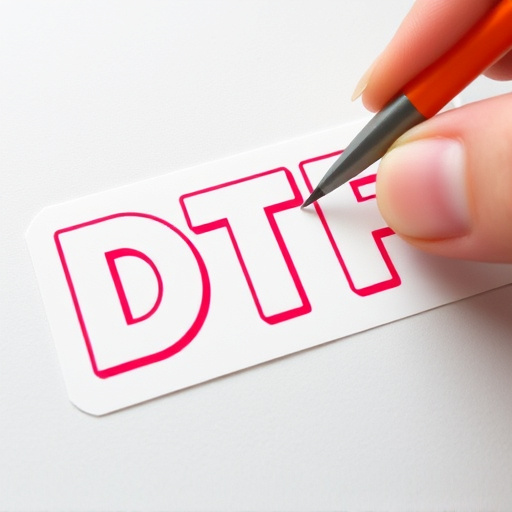Fast DTF Transfers revolutionize print-on-demand services with swift, efficient creation of high-quality designs on various materials, particularly t-shirts. They streamline production, reduce costs, and enable businesses to meet market demands quickly. Choosing the right DTF method considers fabric types, print speed, and quality; specialized paper ensures vibrant colors for dark fabrics. Fast DTF transfers optimize production while maintaining design accuracy and fabric compatibility. Efficient workflow management through structured folders, software compatibility, pre-cutting, file optimization, backup, and workspace cleanliness enhances productivity.
In today’s fast-paced print-on-demand industry, efficient design-to-print (DTF) transfers are key to staying competitive. This article explores the benefits of implementing fast DTF transfers for creators, delving into how these technologies streamline workflows and enhance productivity. We’ll guide you through choosing the right method for your business and provide actionable tips for optimizing your workflow, ensuring seamless and timely production. Discover how fast DTF transfers can revolutionize your print-on-demand operations.
- Understanding Fast DTF Transfers: Benefits for Print-on-Demand
- Choosing the Right DTF Transfer Method for Your Business
- Optimizing Your Workflow: Tips for Efficient Fast DTF Transfers
Understanding Fast DTF Transfers: Benefits for Print-on-Demand
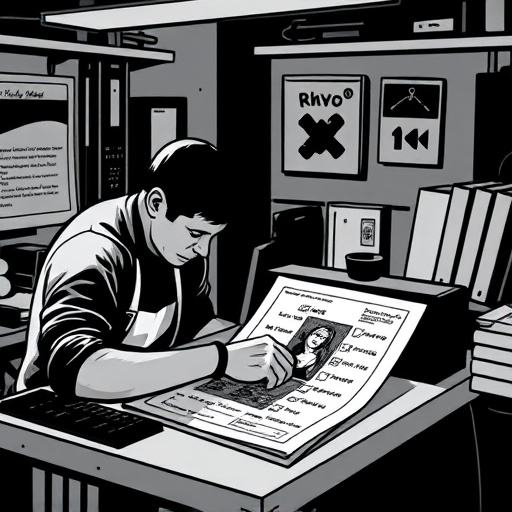
Fast DTF Transfers have transformed the print-on-demand industry, offering a streamlined and efficient solution for creators looking to bring their designs to life quickly. This cutting-edge technology enables precise and crisp printing on various materials, especially when it comes to dtf printing for t-shirts and custom sheets for heat pressing designs onto garments. By eliminating the need for complex set-up processes, Fast DTF Transfers significantly reduce production time and labor costs, making it an attractive option for businesses and individuals in the custom apparel sector.
With their versatility, these transfers are suitable for a wide array of products beyond t-shirts, ensuring creators can expand their product offerings. The ability to achieve high-quality results swiftly has empowered print-on-demand creators to meet market demands, allowing them to stay competitive and cater to diverse customer preferences. This technology is a game-changer, revolutionizing the way custom designs are applied to garments and other materials, all while maintaining exceptional quality and speed.
Choosing the Right DTF Transfer Method for Your Business
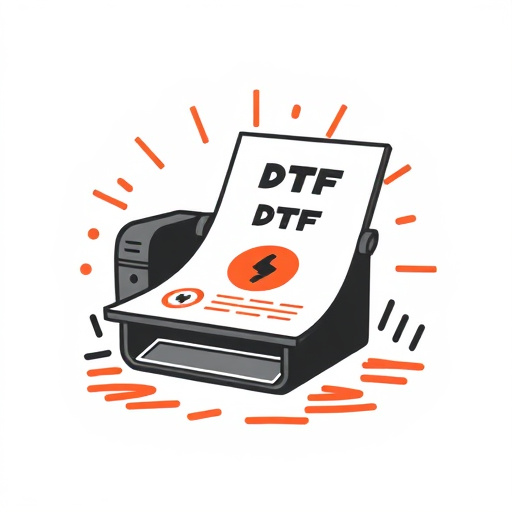
When it comes to choosing the right DTF (Direct-to-Fabric) transfer method for your print-on-demand business, several factors come into play. Consider the types of fabrics you’ll be printing on; different DTF heat transfer papers are designed for light or dark fabrics, so selecting the appropriate paper for your substrates is key. For instance, dtf heat transfer paper tailored for dark fabrics ensures vibrant colors and excellent contrast, enhancing the final design’s impact.
Additionally, evaluate your desired print speed and quality. Fast DTF transfers are a game-changer for businesses aiming to meet high demand quickly. The right method can streamline your production process, allowing you to deliver orders promptly without compromising on design accuracy or fabric compatibility. Whether it’s for a bustling T-shirt business or creating custom merchandise, understanding these aspects will help you make an informed decision to optimize your print-on-demand workflow.
Optimizing Your Workflow: Tips for Efficient Fast DTF Transfers

Streamlining your workflow is key to achieving efficient Fast DTF Transfers for print-on-demand creators. Start by organizing your design files in a structured folder system, making it easy to access and edit them quickly. Next, ensure your software is up-to-date and compatible with your printer or heat press machine for seamless communication between tools. Consider pre-cutting designs on custom sheets for heat pressing onto garments, like DTF printing for light fabrics or custom graphic tees, to save time during the printing process.
Additionally, prioritize file optimization techniques by saving designs in the appropriate format (e.g., SVG for vector graphics) and resolving any potential issues like transparency or overlapping elements before transfer. Regularly back up your work and maintain a clean workspace to minimize disruptions and maximize productivity throughout your print-on-demand journey.
Fast DTF transfers are transforming the print-on-demand industry by streamlining production processes and enhancing efficiency. By understanding the benefits, selecting the right transfer method, and optimizing workflows, creators can deliver personalized products faster and meet growing customer demands. Embracing these practices ensures a competitive edge in today’s dynamic market, allowing businesses to thrive through seamless, high-quality print-on-demand services.






